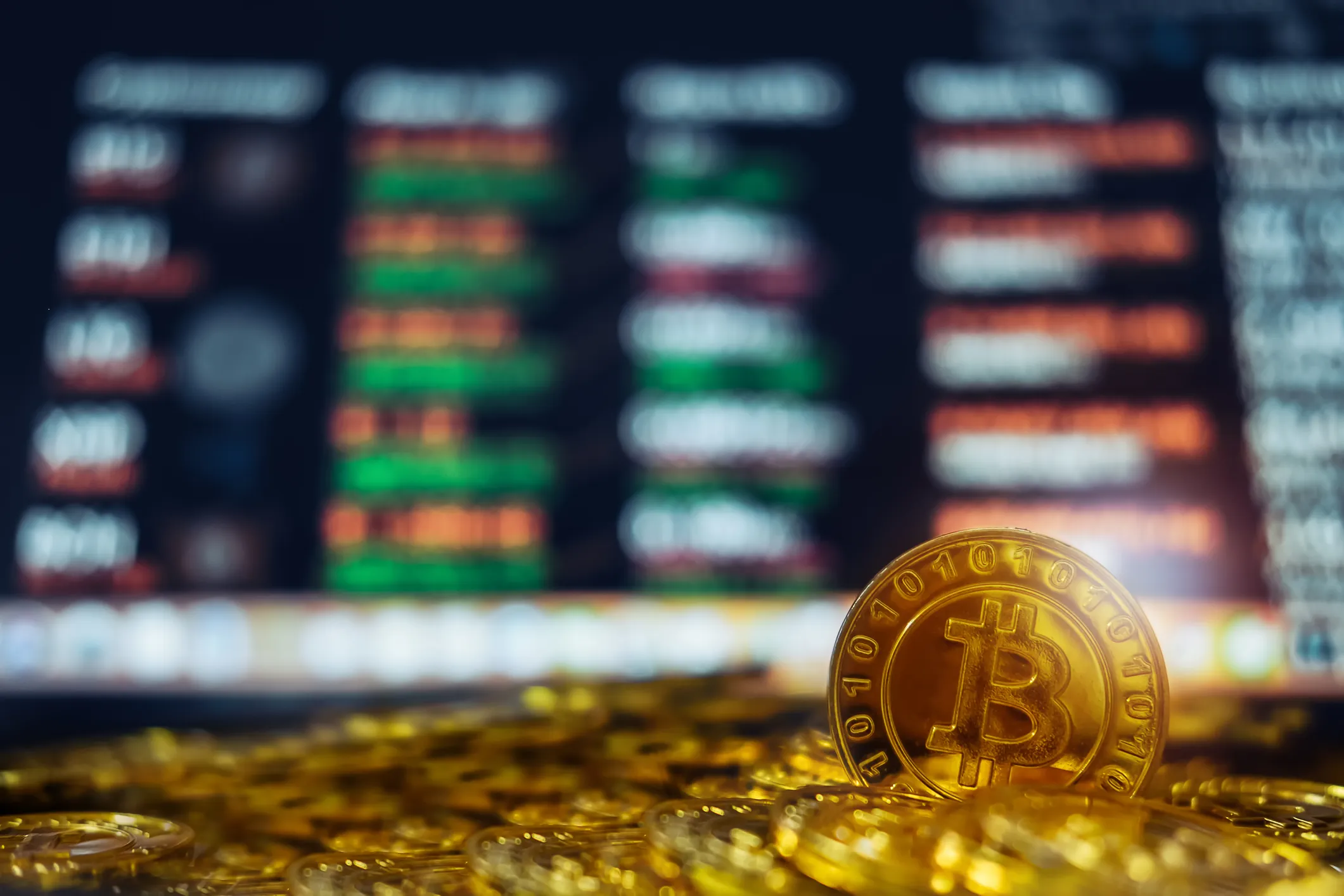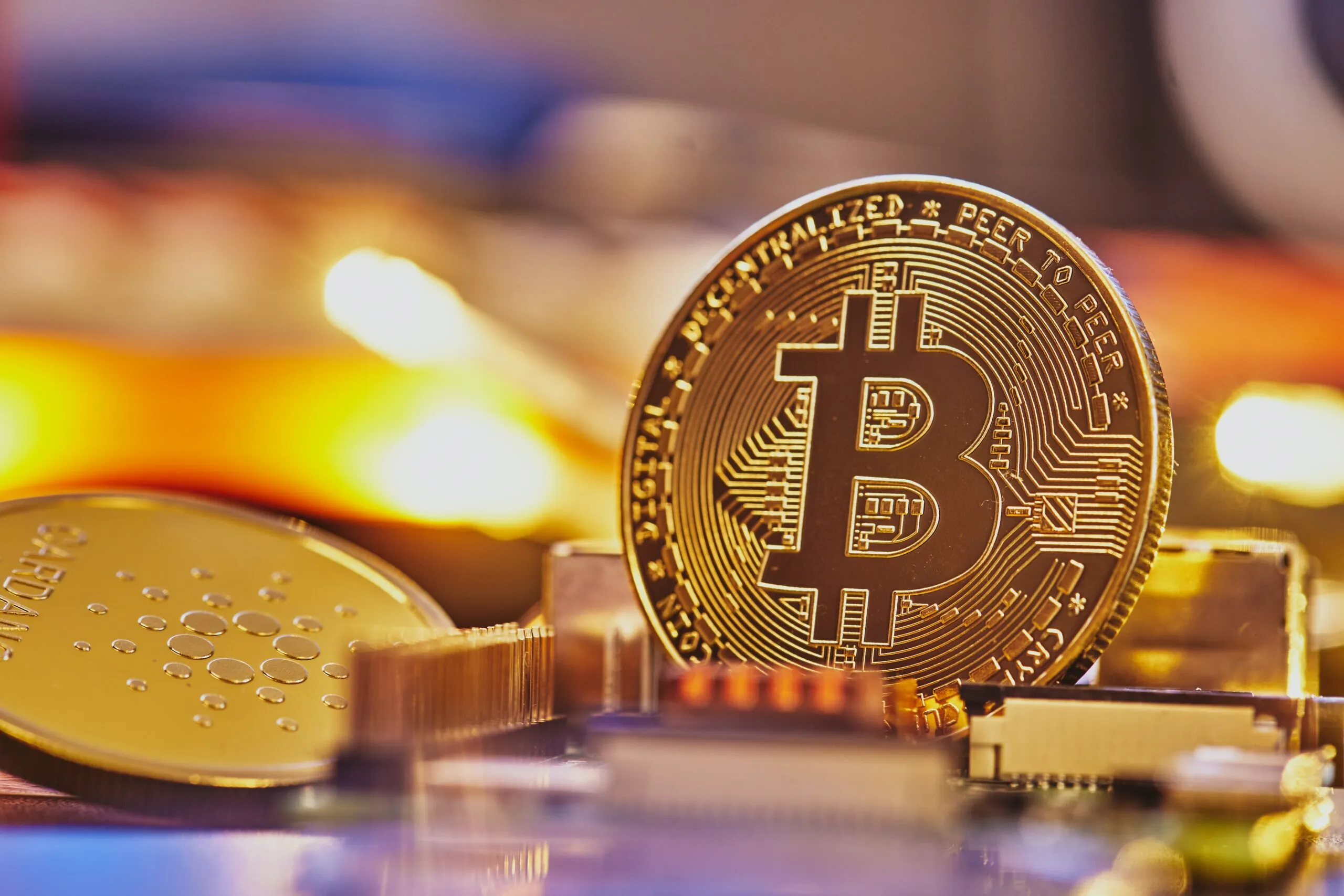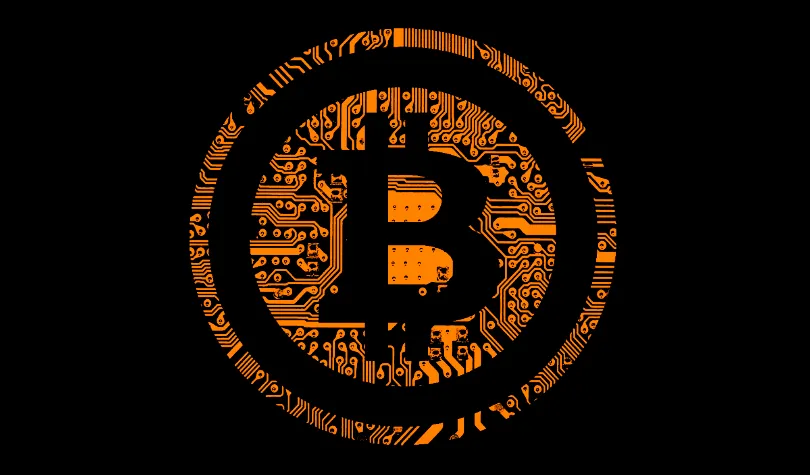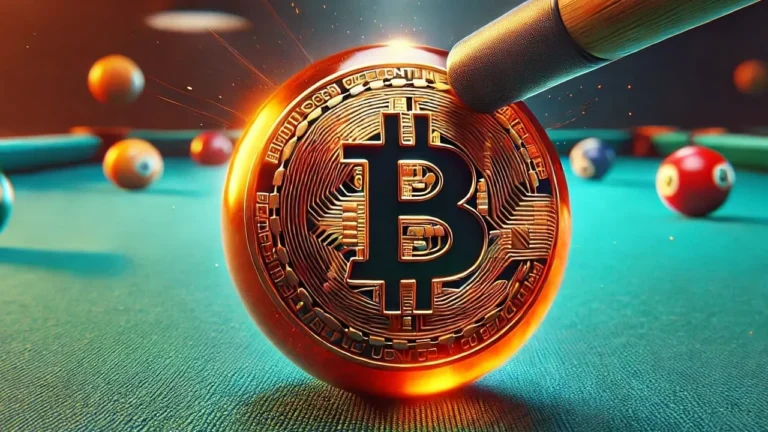What is a Bitcoin Collection?
“Ever wondered what a Bitcoin collection is? Let’s uncover how Bitcoin collecting works, who holds the most Bitcoin, and how people are building unique digital asset collections in today’s world.”

The first time one hears “Bitcoin collection,” the mind might run to images of physical coins, or postage stamps, or even baseball cards-things people collect and store.
But this coin is digital, so, in truth, it does not have a form; hence, the meaning of “Bitcoin collection” changes. It means mostly gathering this form of digital currency or more than one type of digital asset that may be perceived as valued.
Now, unlike other forms of collecting where each piece could be unique or even rare, the term of collection here is a lot more about the quantity of the digital wise penny, which an individual owns with time.
This is to say, it isn’t precisely a collection but a growing sum of digital currency that someone is in possession of. Consider it like collecting digital gold.
How Does Bitcoin Collection Work?
The following are the main ways people do it:
1. Regular Purchases of Bitcoin
What is commonly referred to as “dollar-cost averaging” is merely the investment of a fixed sum of money in these coins every month, week, or even daily. The highs and lows of this market get averaged out with this approach; they grow over time without much concern for the right timing of the market.
2. Mining for Bitcoin
This is the process where the transaction gets verified by computers using complex mathematical puzzles.
These workers are rewarded for the mining of coins, but it can be quite expensive because super-powerful computers, together with a lot of electricity, are needed.
3. Receiving Bitcoin as Payments or Gifts
Some collectors receive this coin through gifts or payments for services and goods delivered. Since the rise in adoption of this cryptocurrency, people have started to get it in return for various services or products offered.
Such an avenue of collecting enables one to progressively build up their coin stock without spending one’s hard-earned money buying them.
4. Bitcoin NFTs Collection
The reason others use it to purchase non-fungible tokens, or in short, NFTs, which are pieces of unique digital property. This could be art, music, or any digital piece that someone would desire to possess.
In this way, collectors can have an indirect collection of “Bitcoin” by holding items of value they bought using this coin. It’s a new twist on digital collections and lets collectors own something to which they attach a special meaning.
Who holds the most Bitcoins?

Some holders have earned the title of “whales”-people or organizations with large amounts of the cryptocurrency and who can change its price based on large transactions, but who? Well, dig in to see:
1. Satoshi Nakamoto
The pseudonymous founder, Satoshi mined the first block of Bitcoin and is said to be in possession of around 1 million BTC, which is worth billions today. Surprisingly, these coins have never moved, keeping at bay speculation about the true identity of Bitcoin’s creator.
2. Large Companies and Institutions
MicroStrategy started buying Bitcoin as a reserve asset in 2020, acquiring more than 100,000 BTC thus far, while business intelligence companies such as Tesla also purchased this coin but later sold parts of it.
3. Investment Funds
Large investment funds, like the Grayscale Bitcoin Trust, are holders of vast amounts in this field. Investors can use these funds to get exposure without having to hold the cryptocurrency. These funds, by accumulating Bitcoin on behalf of their investors, are essentially creating a pooled collection.
4. Bitcoin “Whales”
These may have been early adopters who purchased or mined this currency when it was young and cheap. Their wallets hold enough coins that if they were to sell or buy in large quantities, they would be strong enough to move the market.
Does Cryptocurrency Have Collectors Today?
Along with the popularity of Bitcoin and other digital assets, a new kind of collector emerges: the crypto collector. These are individuals who usually build portfolios not for investment alone but for some collection purpose, similar to a traditional collector and his stamps or art.
1. NFT Collectors
NFTs are highly popular and a new breed of digital collectibles, like NFT-art, music, video clips, and even pieces of virtual land. NFT collectors buy, sell, and trade these unique digital pieces and normally pay in Bitcoin or another cryptocurrency.
2. Diversified Crypto Wallets
For some, the way to build a collection is much like that of an art collection with various pieces: they could have Bitcoin, Ethereum, Litecoin, among other alternative coins, depending on whatever an individual interest might be or potential growth in value.
3. Digital Art and Collectibles
For instance, numerous NFTs have represented history, its memes, or iconic figures that created a name for themselves within the crypto world. In this regard, owning them would provide a chance for people to feel like part of the story of cryptocurrency in general.
4. Institutions as Collectors
Though these institutions are not viewed as “collectors,” they very often act like digital collectors, holding Bitcoin and NFTs, among other forms of crypto, on behalf of clients. Quite often, these are very influential participants in a market because of the size of their holdings.
What Influences the Value of a Bitcoin Collection?

As with any collectible of value, its value is determined by the market, as the price of Bitcoin itself is highly volatile, literally meaning the price can change from day to day. Here are some of the key factors influencing the price of Bitcoin and the value of a collection in return:
1. Supply and Demand
This is capped at 21 million coins, therefore creating scarcity. As more people want to buy Bitcoin, the price tends to increase due to its limited supply.
2. Market Sentiment
The mood of the market makes a huge impact on the current price. When investors have an especially good feeling about Bitcoin’s future, demand can rise and boost the price with it. Inversely, any other negative news in the market-such as regulations or hacks-might give the price a low.
3. Institutional Interest
Every time big institutions take an interest, it tends to drive up the price; more importantly, it actually makes investment more stable for everyday investors.
When large companies and funds make huge purchases, their bitcoin becomes more valuable, meaning personal collections are valued at an even higher level.
4. Technological Developments
Any update in the network of Bitcoin, new applications, or major developments would also influence the price. If there is any new development that makes it faster or more secure, it might attract more buyers.
5. Global Economy
During times of financial turmoil, this coin nugget becomes a sort of “safe-haven asset” for some investors who believe it will retain value during any perceived traditional currency instability.
Last Lines
So, is a collection of Bitcoin something worthwhile? Well, while a collection of this currency does not resemble one in the traditional sense, it reflects the modern approach to building and preserving wealth-from acquiring small portions every month.
This is down to mining or holding it, to holding different types of digital assets. It offers a once-in-a-lifetime opportunity to join the ranks of the financial evolution.
As Bitcoin continues to find a place both in the portfolio of an everyday person and the institutional investor, concepts such as digital asset collecting will likely continue to evolve further into the mainstream.
Much as people once proudly showed off their collections of coins, stamps, or antiques, future generations might look upon Bitcoin collections as an important and hopefully valuable part of their financial heritage.
Bitcoin is still in its infancy as both an asset and a collectible. Where that will continue to take us is rather exciting to consider. Casual investor or die-hard collector, the ramifications of owning even the tiniest parcel of Bitcoin tie you into a worldwide community that’s largely invested in digital financial innovation.







